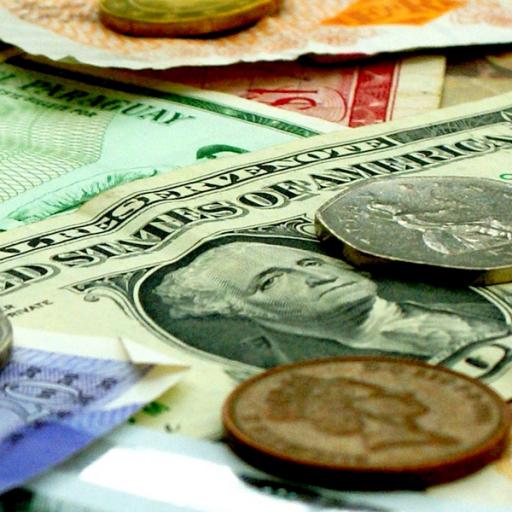Since the seminal papers of Barro (1990) and Roubini and Sala-i-Martin (1995) it is recog- nized among researchers that taxation and tax evasion matter for economic growth. On the one hand, taxation distort the accumulation of private capital in the economy, while on the other it generates resources to finance the supply of the productive inputs provided by the government (i.e., public goods and infrastructure). Analyzing these competing effects, Barro (1990) suggested that the growth maximizing statutory tax rate set by the government, must be equal with the elasticity of private capital in the aggregate production function. As noted by Roubini and Sala-i-Martin (1995), Barro’s natural efficiency condition can be satisfied even in the presence of tax evasion as long as the effective tax rate, the tax rate actually collected by tax revenue services, is indeed equal with the the elasticity of private capital.
However, without disputing Barros’ optimal taxation policy, empirical evidence in both developed and developing countries, suggest that in economies with high tax evasion rates there is also a great extent of fiscal corruption with serious consequences on the equity and efficiency of any economic system (e.g., Slemrod and Yitzhaki, 2002). In these cases, simply increasing statutory tax rates to satisfy Barros’ efficiency condition is not always appropriate. Instead, governments combat tax evasion by allocating a share of collected tax revenues to monitor tax compliance in order to reduce fiscal corruption in the economy. It is evident therefore, that although tax evasion may leads to an erosion of tax revenues and a lower provision of public goods, the overall effect of tax evasion on capital formation and economic growth depends on the relative productivity of public and private capital goods and obviously on the magnitude of auditing costs allocated by central government.
Based on the relevant literature, we use a standard one-sector endogenous growth model in order to analyze empirically how the statutory tax rate and tax compliance policy affects the rate of economic growth using a panel data set from OECD countries during the 2000-07 period. The novel feature of our model is the inclusion of the tax evasion rate as a positive function of the announced tax rate and as a negative function of tax revenues allocated for tax auditing purposes. This feature introduces a trade-off between these two policy instruments concerning their growth-maximizing values, making the analysis of optimal tax policies an empirically interesting issue.







